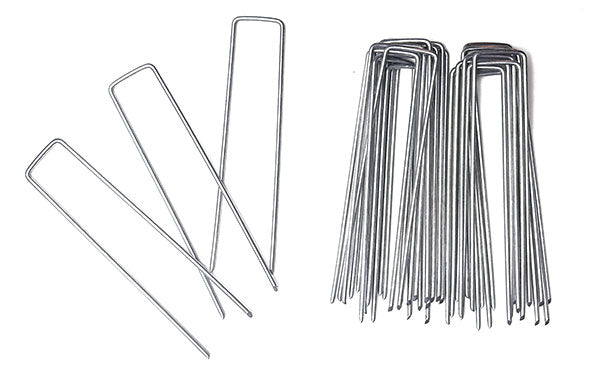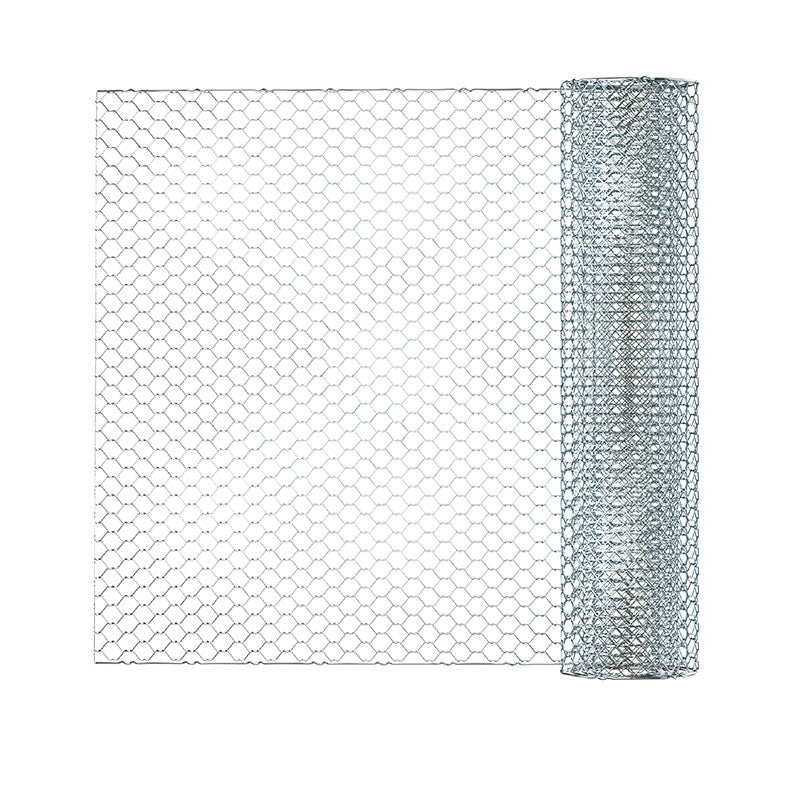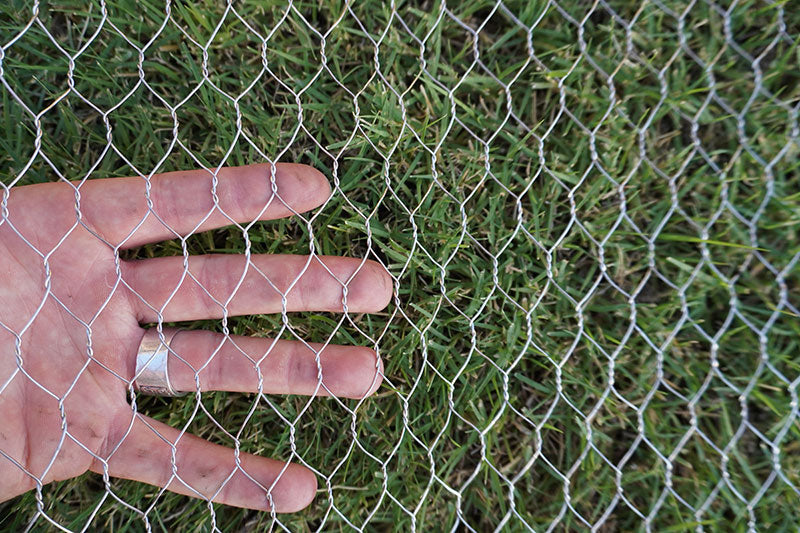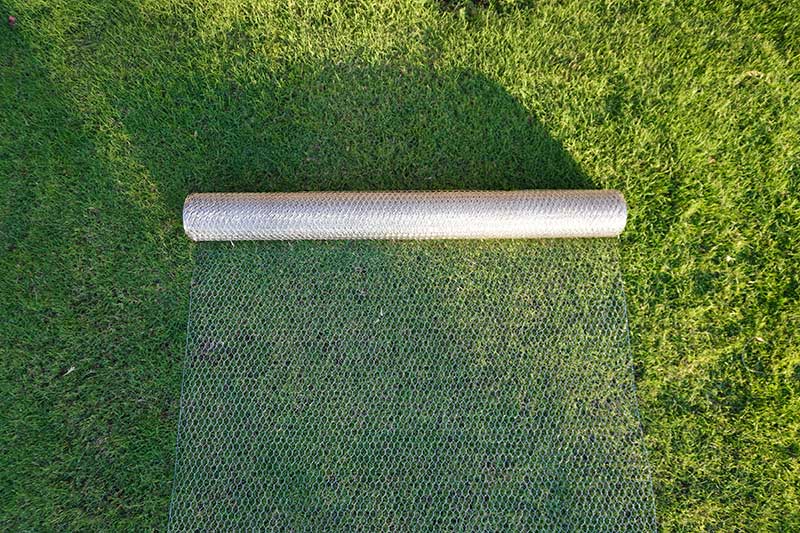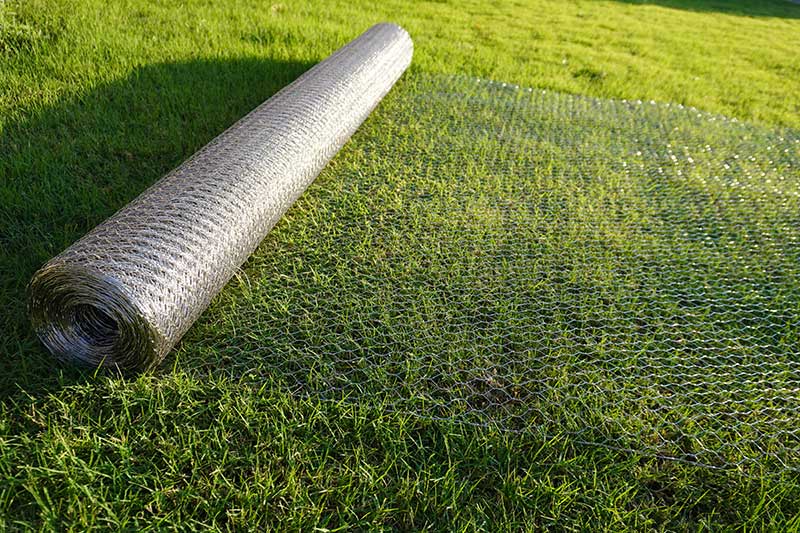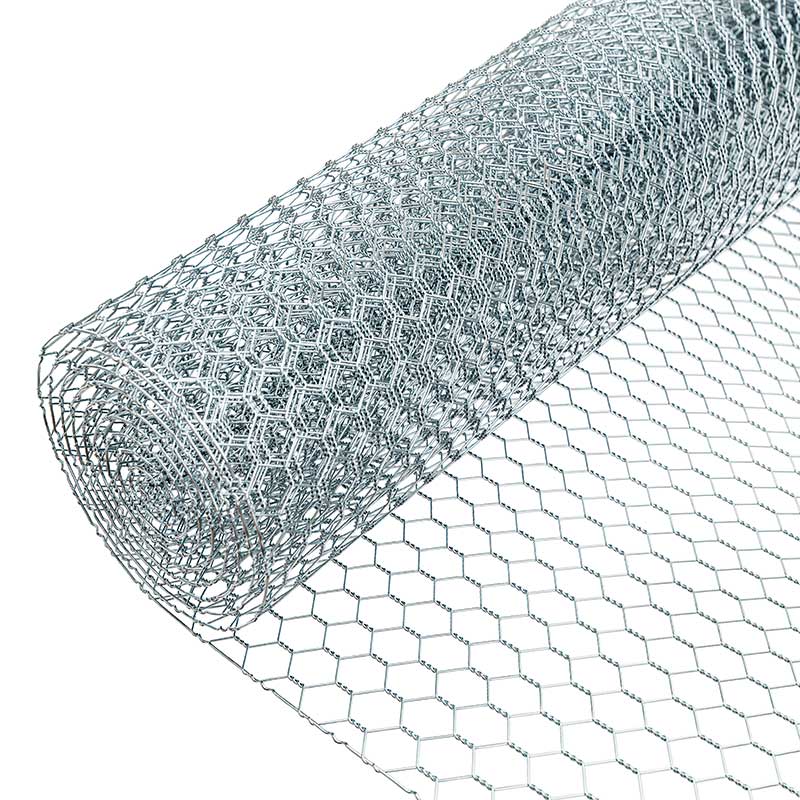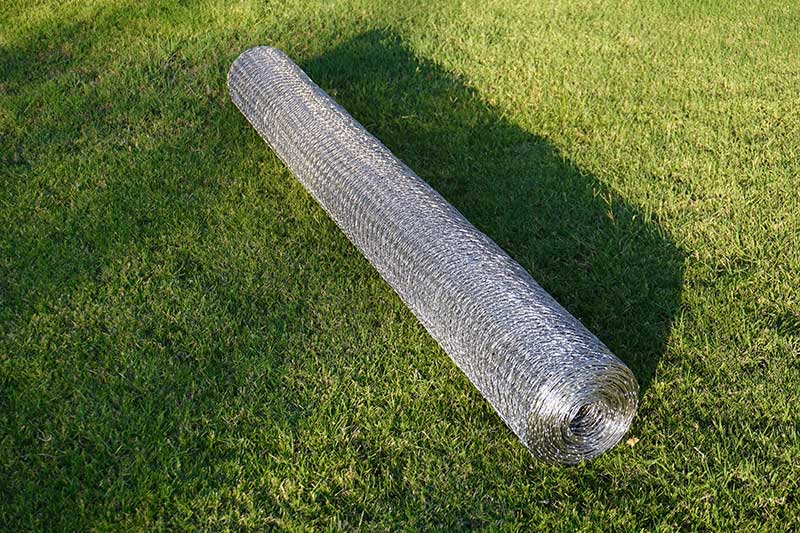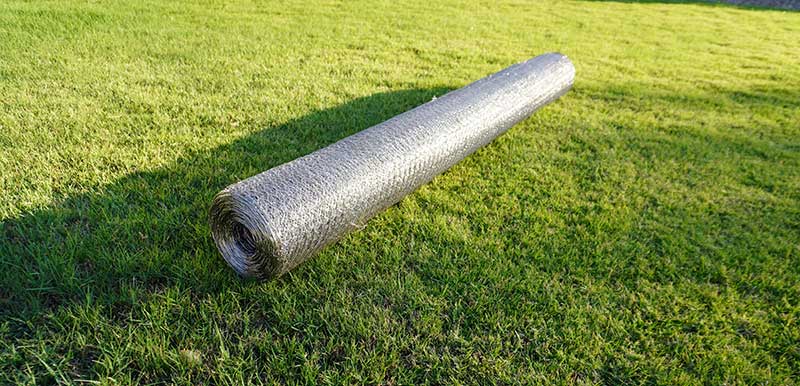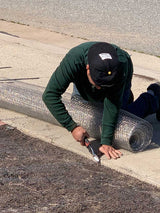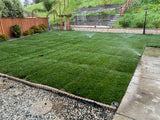Galvanized Chicken Wire
FREE SHIPPING
Our Galvanized Chicken Wire is a heavy duty wire that is made to last 6-10 years due to the specific manufacturing process used. The wire is double galvanized which helps it to resist breakdown and corrosion. This 20 gauge wire provides a great balance between strength and flexibility. It can be used both above and below ground. The wire has 3/4" openings and comes in a roll size of 5' x 100'.
The galvanized chicken wire ships from Northern CA.
FREE SHIPPING










